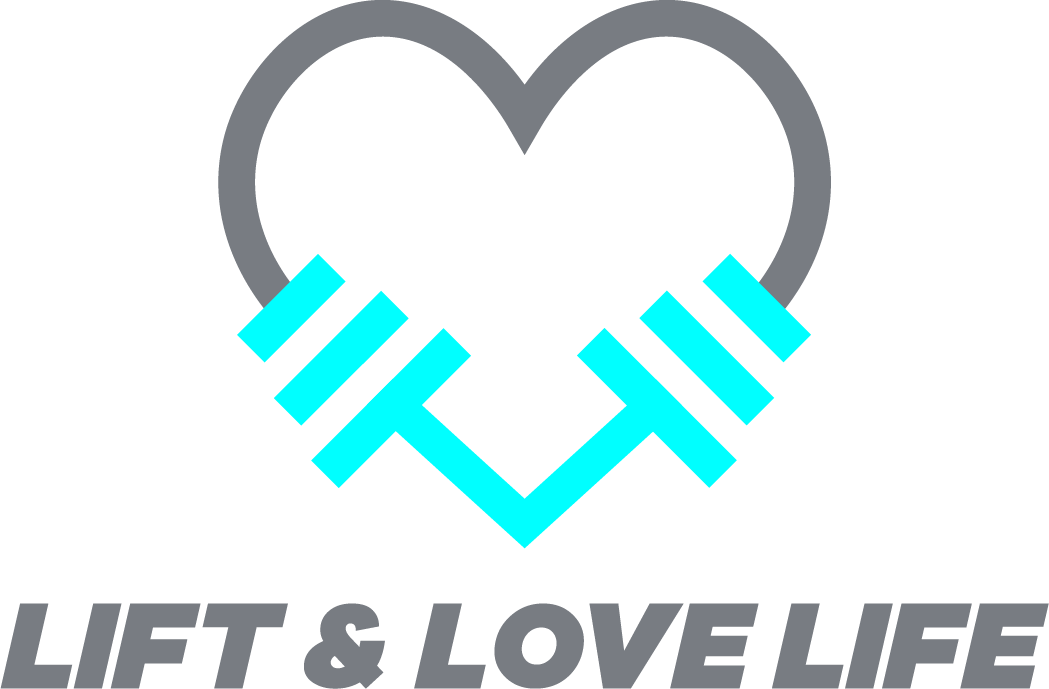I've seen it all too often in the years I've spent in the fitness industry; people who feel they've tried it all and nothing works, they just can't reach their goals. It's incredibly frustrating, and one of the reasons people may seek out a coach, like myself. Over the years I've found not being able to achieve one's fitness goals usually comes down one, or a few, things.
What’s your motivation and where are you at?
Why do you want it? Why do you really want it? What do you like about what you’re currently doing? What would you like to change about your current routine? What could you do better? What are you not doing that could be beneficial? Re-assessing your motivation can drastically change the way you view your goals, or may make you change your goals altogether. Maybe you haven’t reached your goal yet because you just don’t want it anymore, and that’s ok. Just set your sights on something else.
What does success look like to you?
Maybe you’ve reached a plateau. Maybe you’re bored or stuck or need to change your training. Or maybe, what you define as success is unrealistic. You need to be honest with yourself. You have to be realistic. Now, I’m not giving you the go-ahead to be lazy, or not push yourself, but there’s nothing wrong with being reasonable and making sure you believe your goal is achievable, based on who you are as a person, and what else is going on in your life. Side note, it's actually quite difficult to truly reach a plateau, so that's most likely not the reason you haven't achieved your goal yet.
Consistency is key.
The key to progress is consistency; consistency in healthful food choices, and consistently getting your workouts in. You could be given pretty much any program on the planet, and if you do it consistently, you're going to see changes. Again, let's be honest, were you giving your all during your workouts? How many of those workouts did you get in over the course of this particular training phase? And, this is always a touchy subject, but what about your food choices? Maybe you were near perfect Monday-Thursday, but what did your Friday-Sunday look like? Because I promise you, if you're getting every workout in, and eating "really, really well," you would have seen results.
Re-focus your goals.
We’ve re-evaluated your motivation. We’ve discussed what success would look like for you. You've reflected on your consistency in training and nutrition. Now it’s time to re-focus your goals. Ask yourself; why do I want it? What do I expect to get out of achieving this? What are the sacrifices I’d have to make? Can I make those sacrifices? Can I be consistent?
Break it up.
If you have more than one goal, it’s important not to overwhelm yourself, or your body. Break your goals up. Which one will take the longest? Which one do you want the most? What about your time? Will your new goal(s) and other aspects of your life, such as family and career, interfere with one another? These are all things that are very important to take into account.
Re-evaluate periodically.
It’s important to avoid attempting an unrealistic goal, boredom, or hitting the elusive plateau, by re-evaluating your goals and where you’re at periodically. Use the steps from above, as well as progress photos, body weight, BF%, and circumference measurements, to re-assess and make sure you’re still heading in a positive direction.
Remember though, the ultimate goal of any program is progress, not perfection, and to be the best version of you.
XOXO -
JULES





